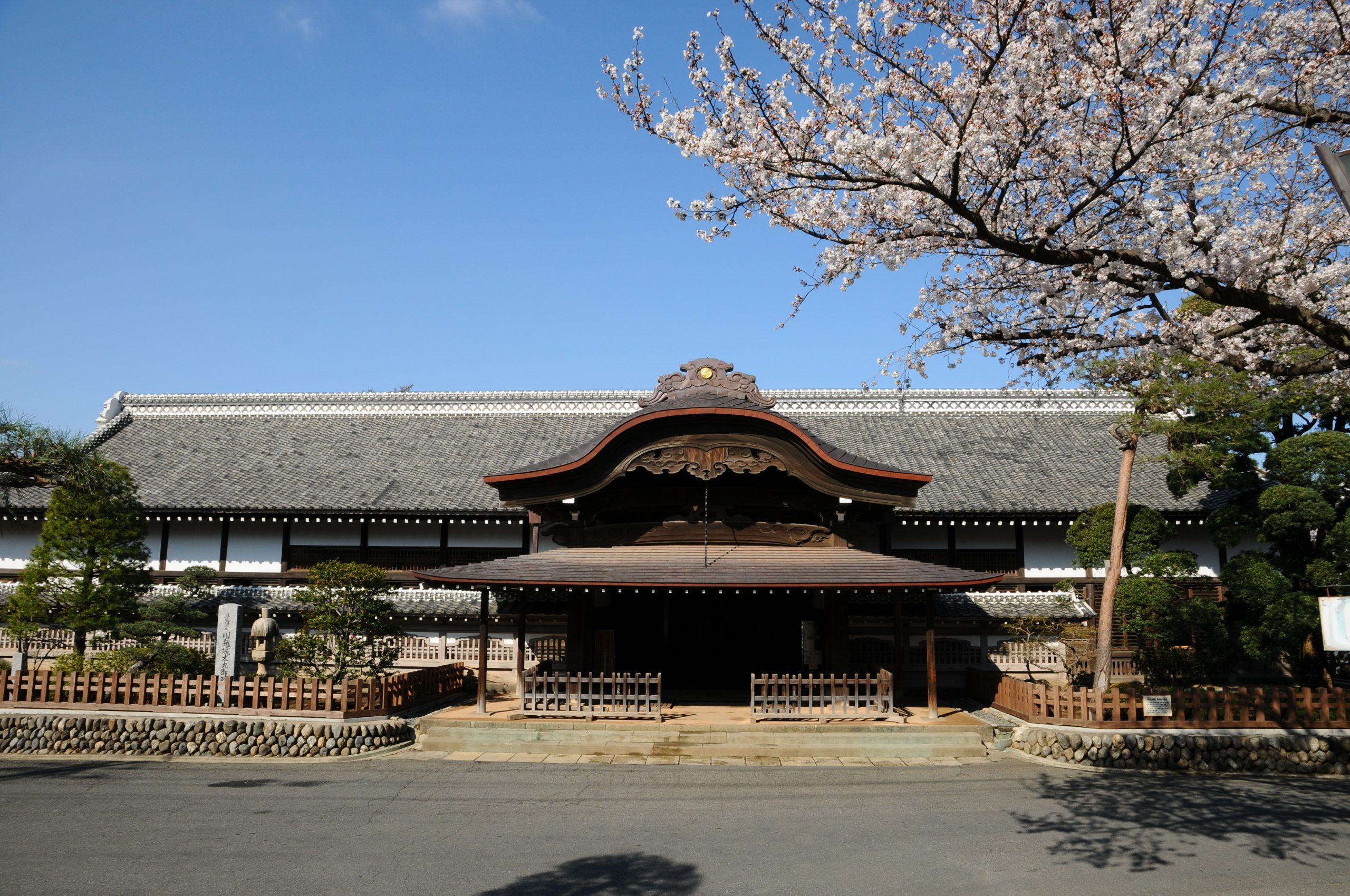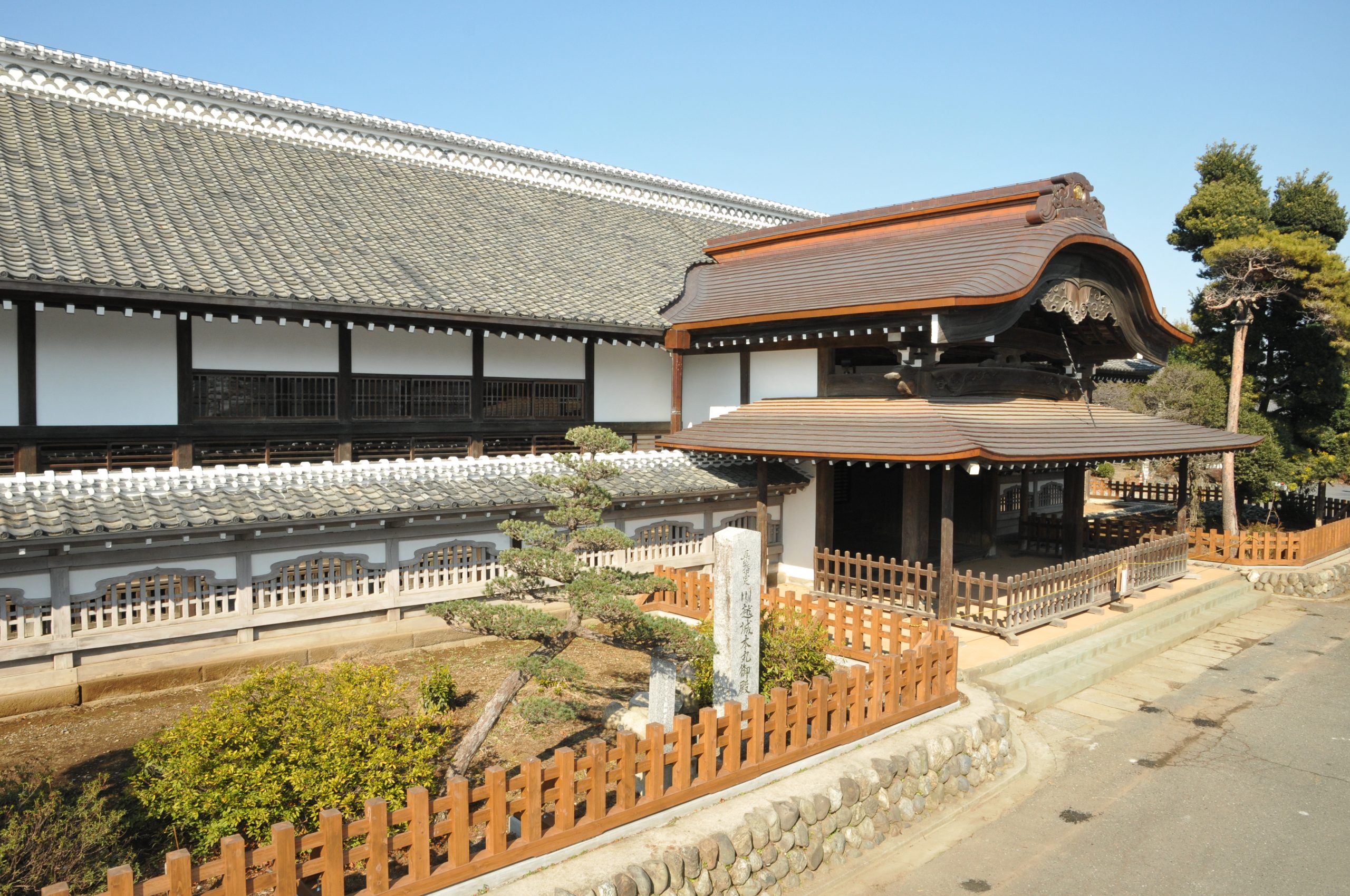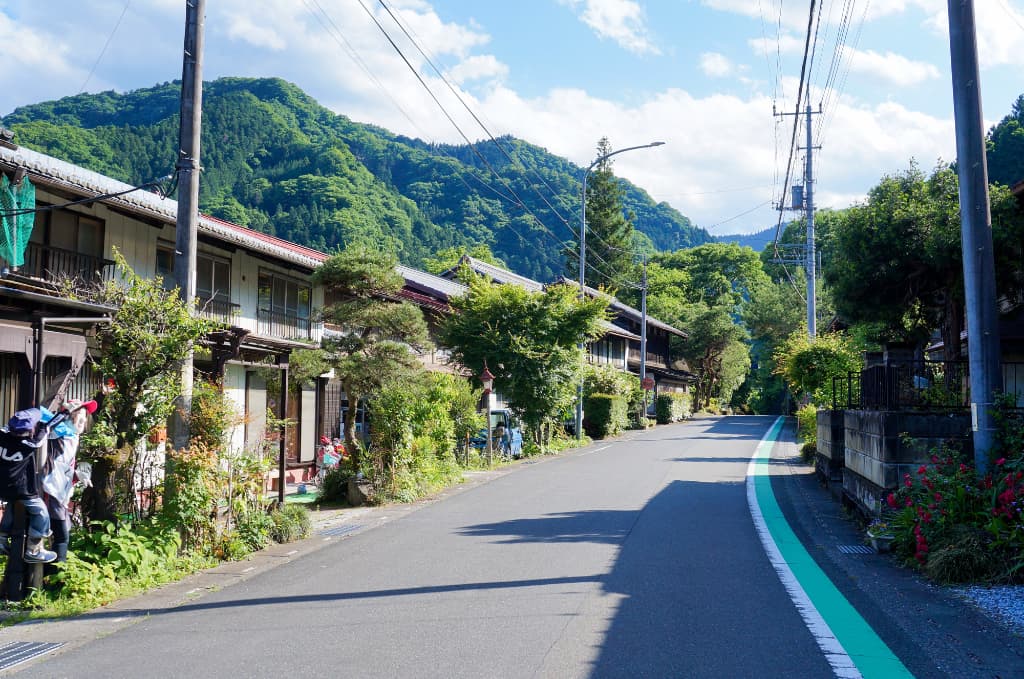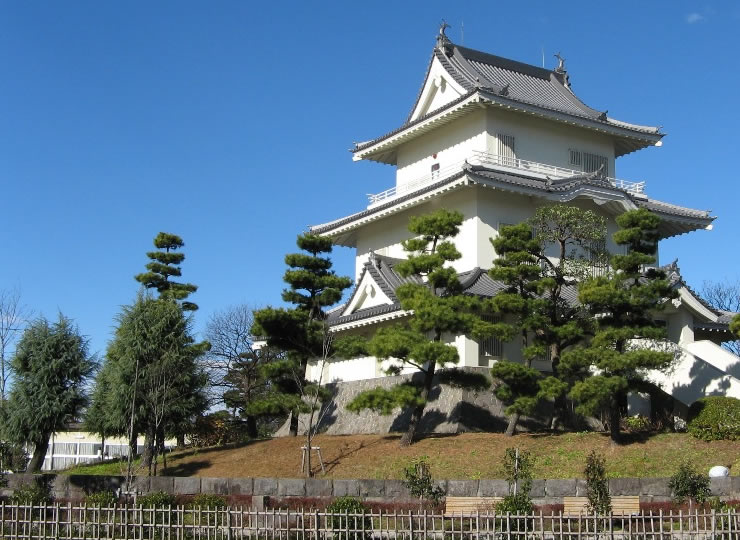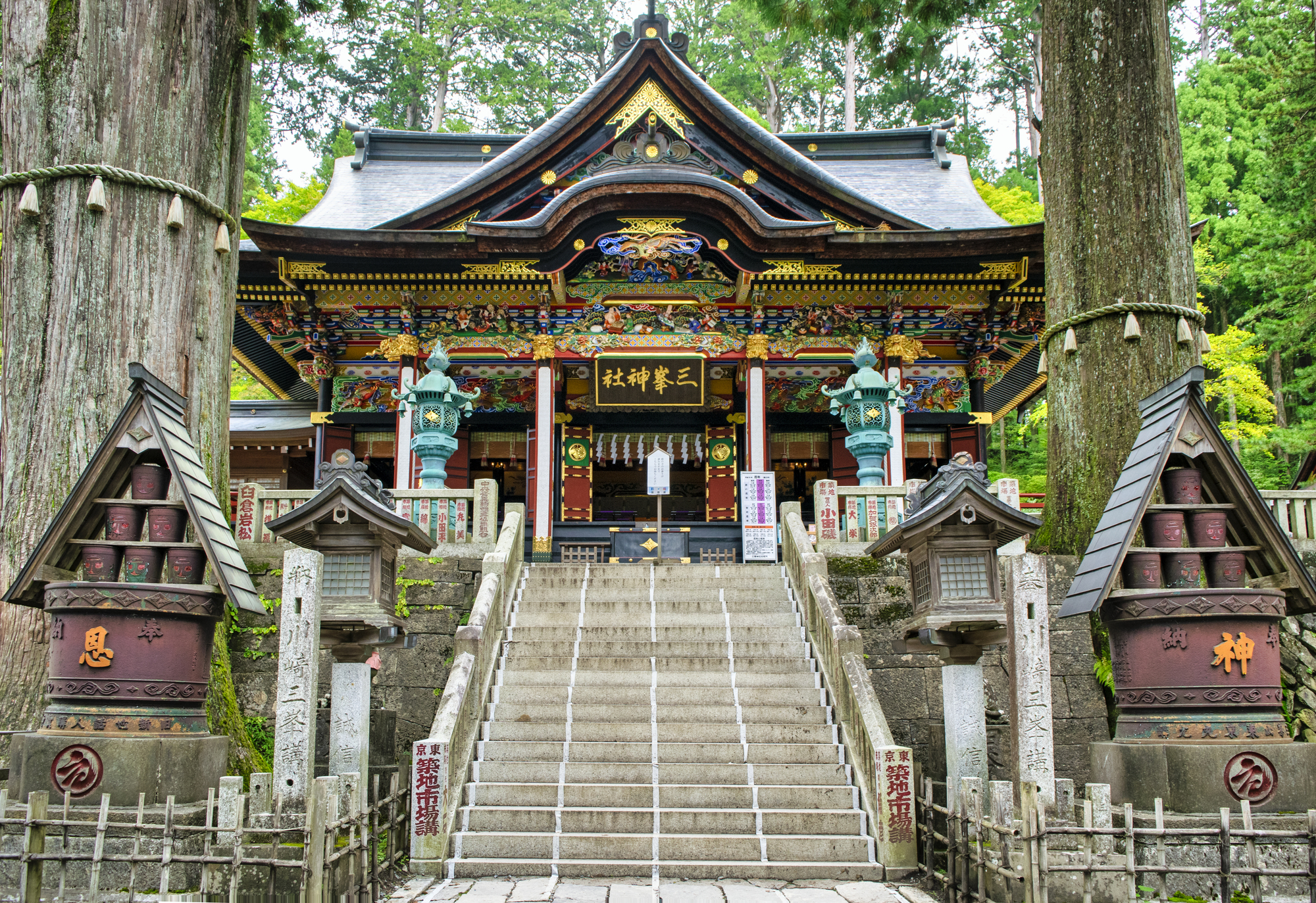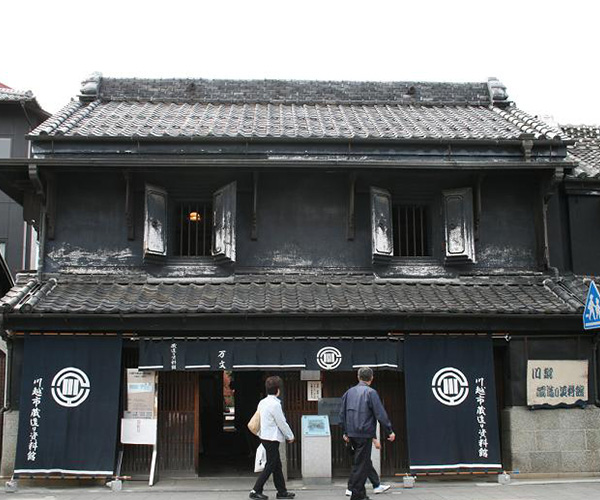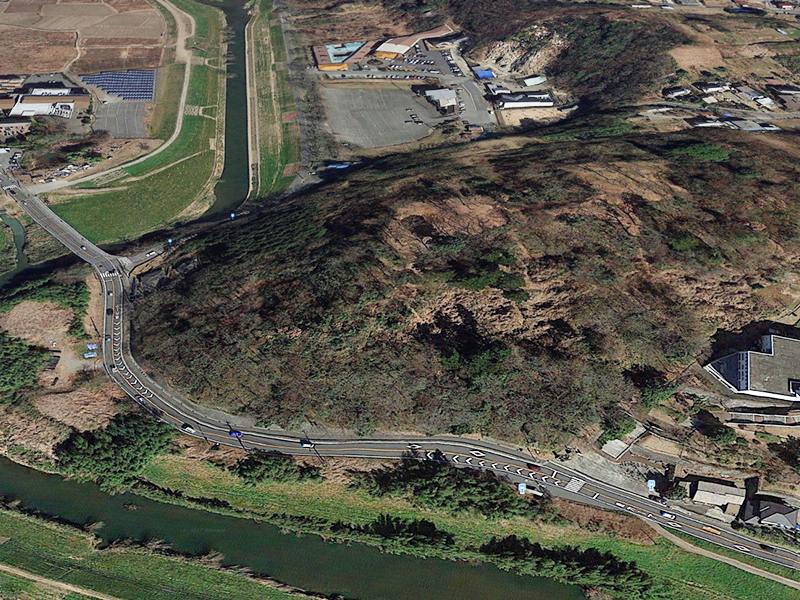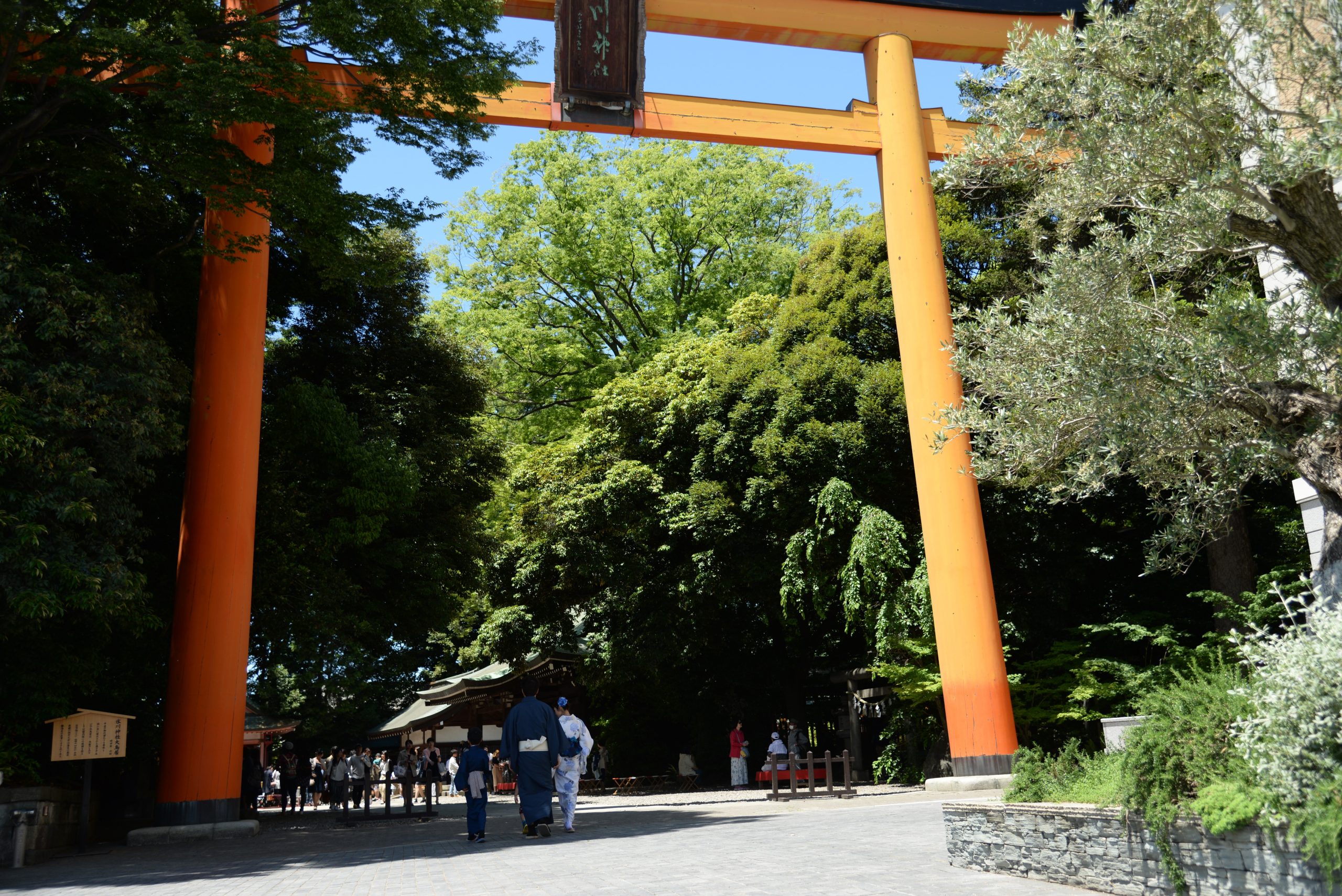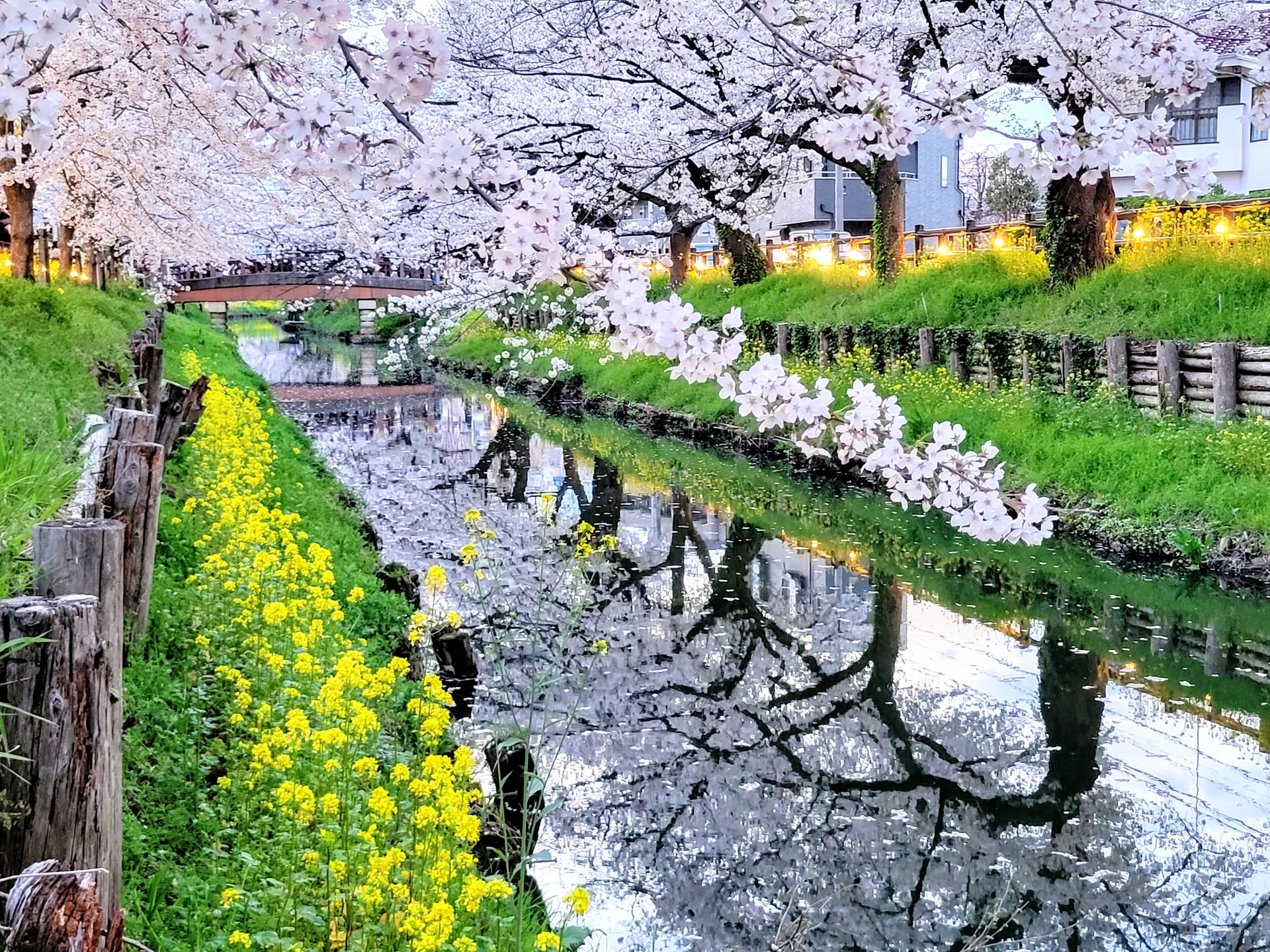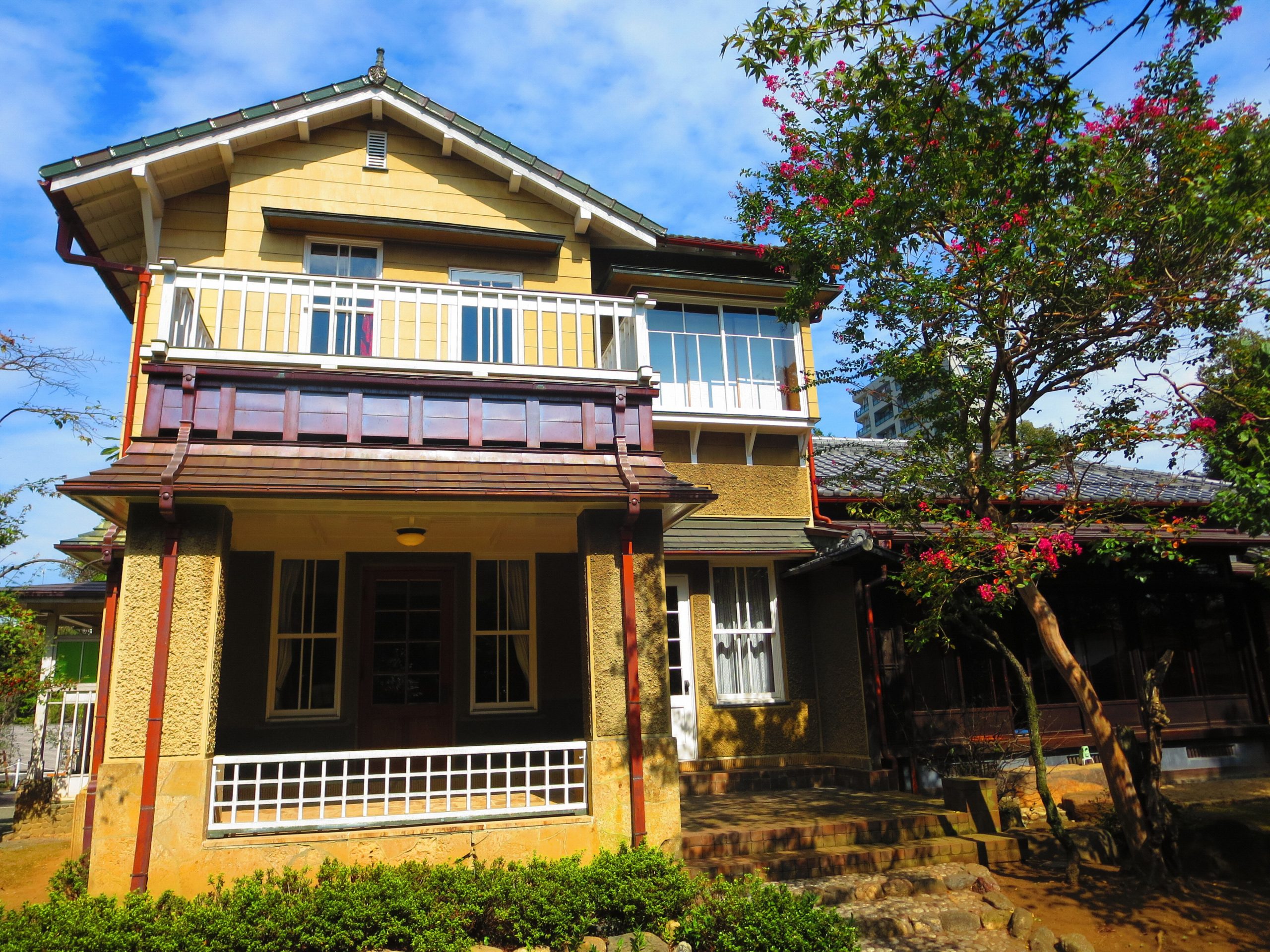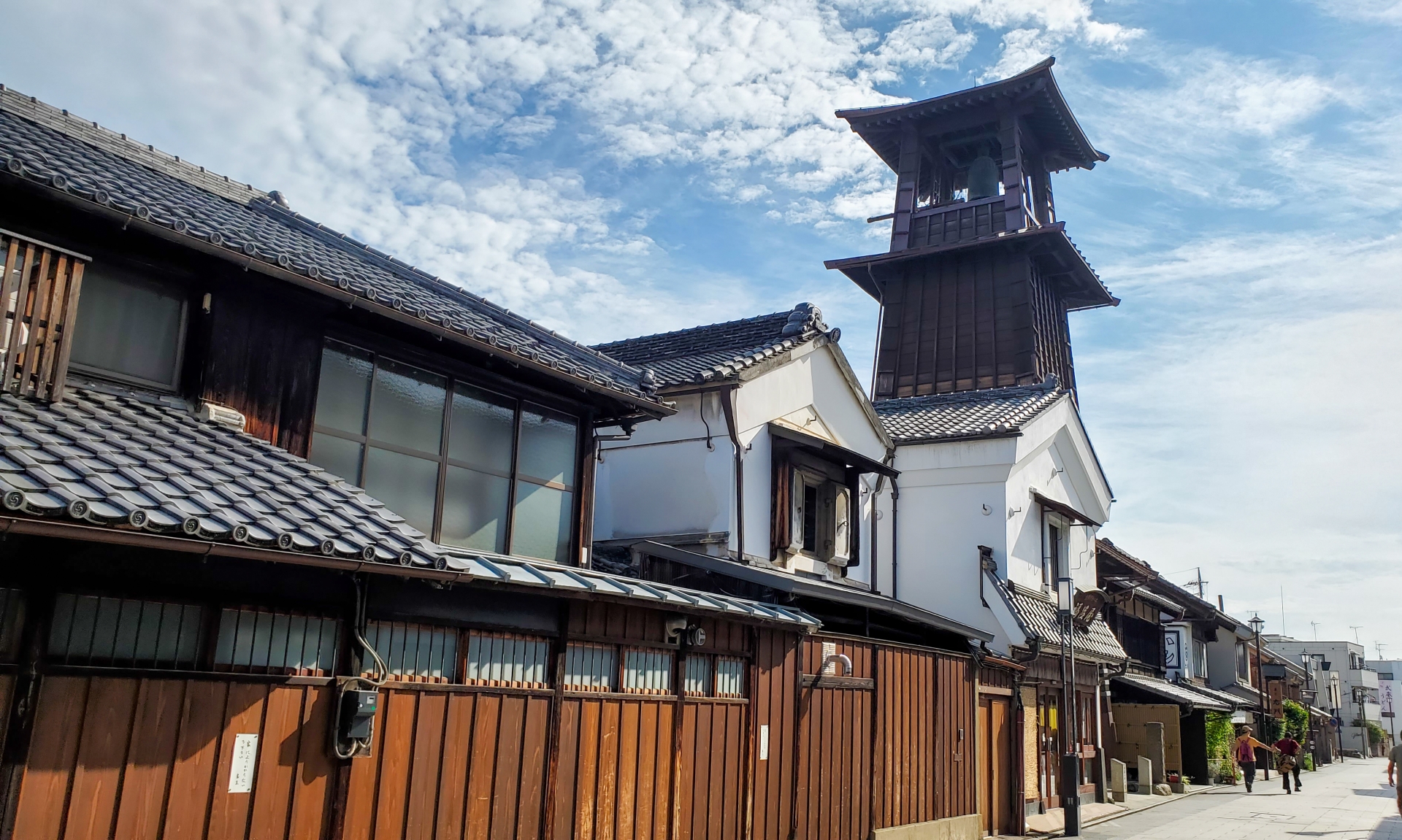Kawagoe Castle Honmaru Palace
sightseeing
The Kawagoe Castle was built in the first year of Chōroku Era (1457) under the command of the vassals, Ōta Dōshin and Dōkan (father and son), for Ōgigayatsu Uesugi Mochitomo to compete against Koga Ashikaga Shigeuji. In the Edo period, it was of utmost importance to protect the north side of Edo, which is why the top vassal traditionally become the lord of the castle. The current building was constructed in the first year of Kaei era (1848). It is open to the public after a two and a half year restoration.
Basic Information
Location
Kawagoe Kuruwamachi 2-13-1
TEL
049-222-5399 (Kawagoe City Museum)
Business hours / Fee
Business hours
9: 00-17: 00 (reception until 16:30)
Regular holiday
・Every Monday
・The following day after a holiday
・The fourth Friday
・December 28th to January 4th
・The following day after a holiday
・The fourth Friday
・December 28th to January 4th
Fee
Adults 100 yen / Students 50 yen/Children 30 yen
How to get there
Public transport
・Get off at either “Kawagoe Station” of Tobu Tojo Line・JR Kawagoe Line or “Hon-Kawagoe Station” of Seibu Shinjuku Line and take the Seibu Bus to Fudanotsuji and it is an 8 minute walk from there
・Take the Koedo Loop Bus to “Honmaru Goten” and you will reach your destination shortly.
・Take the Koedo Loop Bus to “Honmaru Goten” and you will reach your destination shortly.
Car
About 15 minutes from "Kawagoe" Interchange of Kan-Etsu Expressway
Parking
Free: Yes
Fee: None
Fee: None

